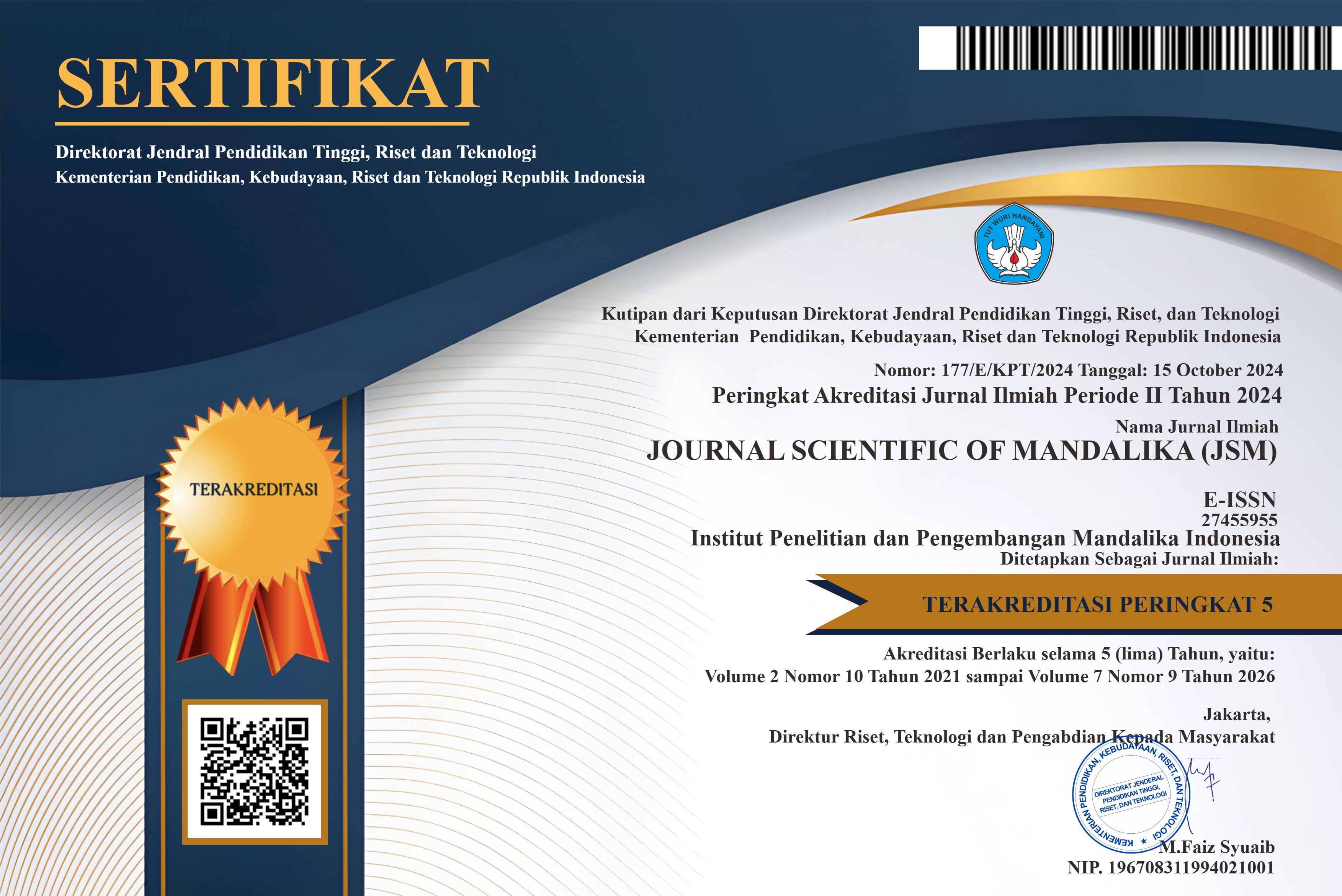Analisis Konjoin Full-Profile Untuk Mengetahui Preferensi Konsumen Pada Produk Sepatu
Abstract
The fashion industry is an attractive and profitable business option. Currently, the need for fashion that reflects personality is very important, because first impressions have significant value. Someone who is able to give a positive first impression will be more accepted, appreciated and recognized by others. In this context, shoes are one of the crucial fashion products in improving appearance. Shoes selection is important so that consumers get maximum shoes and according to consumer preferences. One analysis that can be used to determine consumer preferences is conjoin analysis. This study aims to determine the level, attributes, and stimulus most considered by respondents in choosing expedition services by applying the full-profile method to conjoin analysis in forming a stimulus. The attributes and levels used are types of shoes models (loafers, bots, and convers), types of shoes materials (genuine leather, synthesis, and canvas), and shoe designs (high and low). The results of research conducted on 100 respondents show that the most prioritised attribute with a value of 0.437 is the type of shoe material. The level with the largest part-worth of each attribute is genuine leather (22.075). The most favourite stimulus is the high design bots shoe model using genuine leather.
Copyright (c) 2024 JOURNAL SCIENTIFIC OF MANDALIKA (JSM) e-ISSN 2745-5955 | p-ISSN 2809-0543

This work is licensed under a Creative Commons Attribution-ShareAlike 4.0 International License.
















